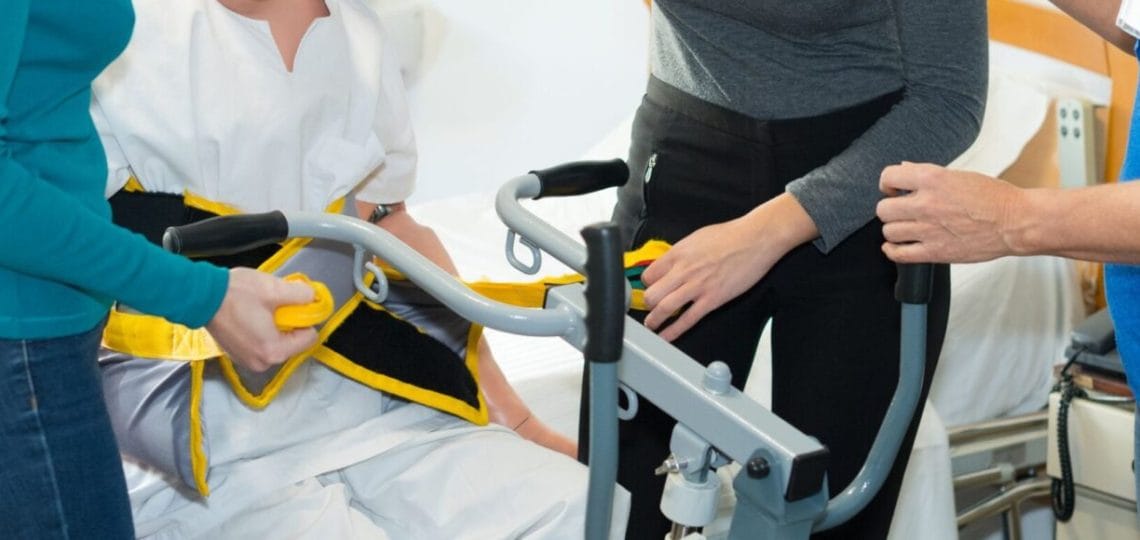Protect your team and those in your care with essential moving and handling training. This practical one-day course is designed to reduce the risk of injury to both staff and service users by promoting safe, effective manual handling techniques in healthcare, social care, and support settings.
Why Moving and Handling Training Matters
Improper manual handling is one of the most common causes of workplace injury, particularly in environments where care and mobility assistance are key responsibilities. This course meets the Manual Handling Operations Regulations 1992 and Care Quality Commission (CQC) requirements, equipping your staff with the knowledge and confidence to handle people safely and respectfully.
Who Should Attend?
This course is ideal for:
- Care assistants and support workers
- Nurses and healthcare staff
- Residential and nursing home employees
- Domiciliary carers
- Any staff involved in assisting individuals with mobility
Course Objectives
By the end of this one-day session, delegates will:
- Understand the legal responsibilities and best practices around moving and handling people
- Identify common risks and how to minimise them
- Learn safe manual handling techniques for assisting individuals with varying mobility levels
- Gain hands-on experience using hoists, slide sheets, transfer aids and other equipment
- Understand how to communicate effectively and preserve the dignity and comfort of the person being moved
Course Content
- Introduction to Manual Handling
- The importance of safe handling
- Injury statistics and consequences
- The importance of safe handling
- Legal Framework
- Health and Safety at Work Act
- Manual Handling Operations Regulations
- Duty of care and responsibilities
- Health and Safety at Work Act
- Anatomy and Risk Awareness
- Understanding the spine and muscular system
- Risk factors for handlers and service users
- Assessing load, individual, task, environment, and equipment (ELITE approach)
- Understanding the spine and muscular system
- Practical Handling Techniques
- Preparing the environment and communicating with the person
- Assisted movement from bed to chair, chair to wheelchair, standing and walking
- Using handling aids: sara stedy, banana boards, slide sheets, hoists
- Posture, positioning, and teamwork during transfers
- Preparing the environment and communicating with the person
- Equipment Use and Maintenance
- Types of moving and handling equipment
- Correct usage and storage
- Pre-use checks and reporting faults
- Types of moving and handling equipment
- Risk Assessment and Record Keeping
- Dynamic and formal assessments
- Documenting handling plans and reporting incidents
- Dynamic and formal assessments
Course Format and Assessment
- Format: Interactive classroom-based learning with practical, hands-on sessions
- Assessment: Continuous trainer observation and practical evaluation
- Certification: Delegates receive a certificate of competence, valid for 1 year
Benefits to Your Organisation
- Improves safety culture and reduces risk of musculoskeletal injury
- Meets regulatory and CQC training expectations
- Builds staff confidence and reduces workplace absence
- Enhances care quality by prioritising dignity and respect

